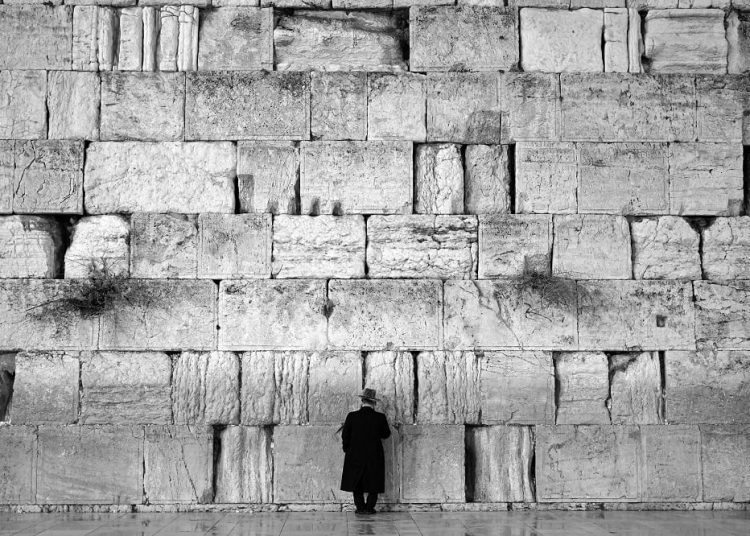It must be the most famous wall in the world and it is among the oldest. The Wailing Wall in Jerusalem is the site I visit the most since I live in the Holy Land, I go to it whenever the urge to take photos overwhelms me. And it doesn’t fail me, with a little patience, I always come back with an image that satisfies my desire to click and, as an added value, with a peaceful soul.
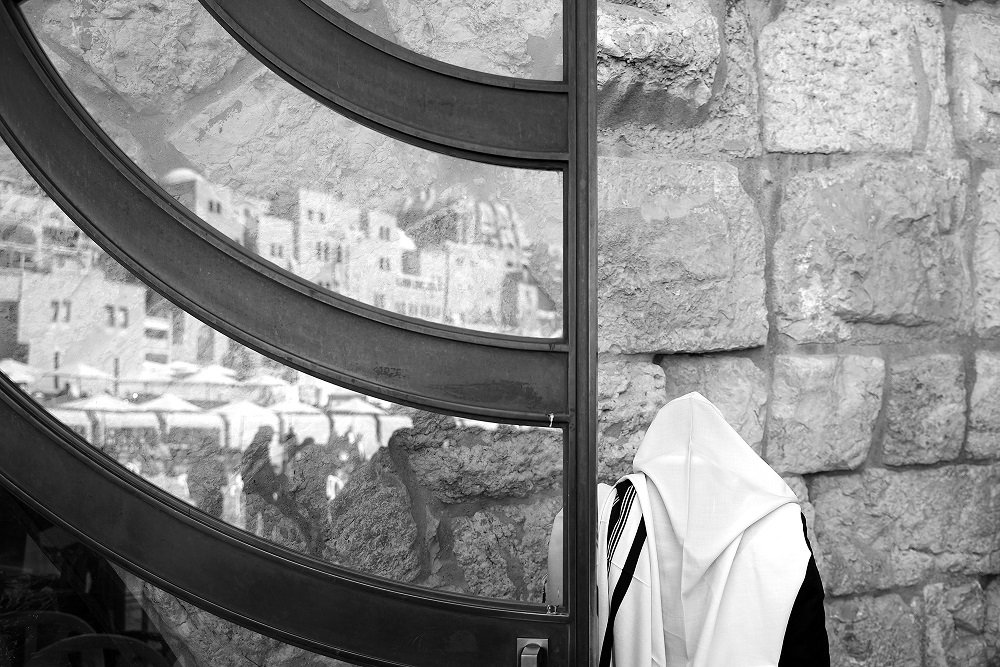
Obviously, I’m not the only one who goes to the wall. Every year some 15 million people pass through the thousand-year-old wall of huge stone blocks. Most are Jews, mainly ultra-orthodox, but pilgrims and tourists also come. Everyone, in some way, tries to connect with God.
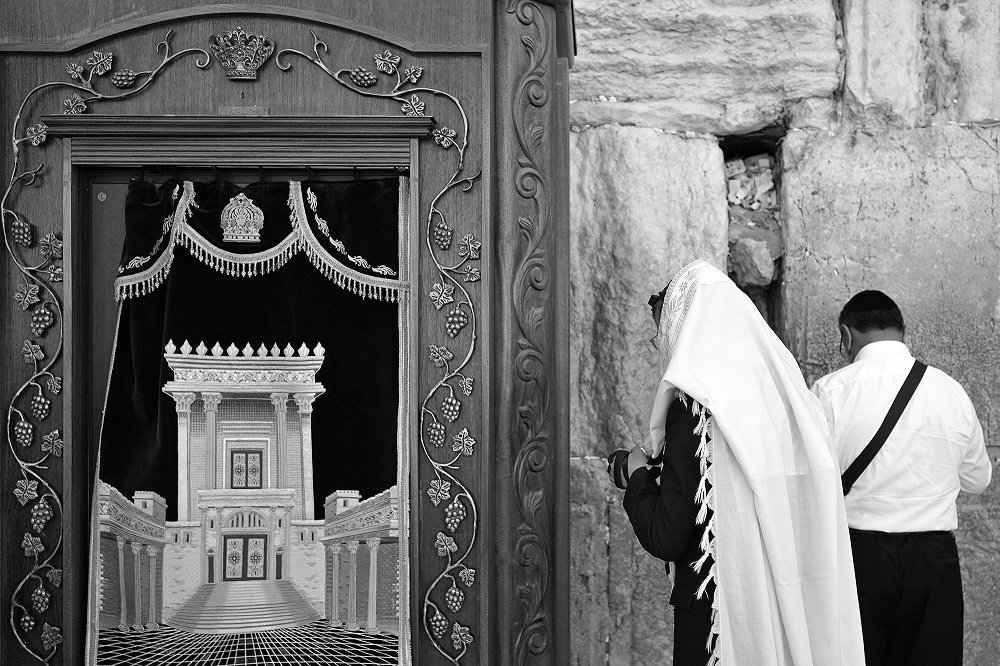
Besides prayer, the most popular method is to leave little notes addressed to the Most High. The wall is always flooded with those pieces of paper left in the small cracks between the stone blocks. There are so many messages to God that twice a year, before Rosh Hashanah and during Pesach, they are removed and buried on the Mount of Olives since they cannot be destroyed: once they have touched the wall they become sacred objects.

The “Wailing Wall,” as it is called worldwide, is for Jews the Western Wall or Kotel, which in Hebrew simply means wall and is Judaism’s holiest place. It is the only thing that remains standing of the Second Temple, whose construction is attributed to Herod the Great and its destruction to the Roman Empire, during the first Judeo-Roman war, in the year 70 of our era.
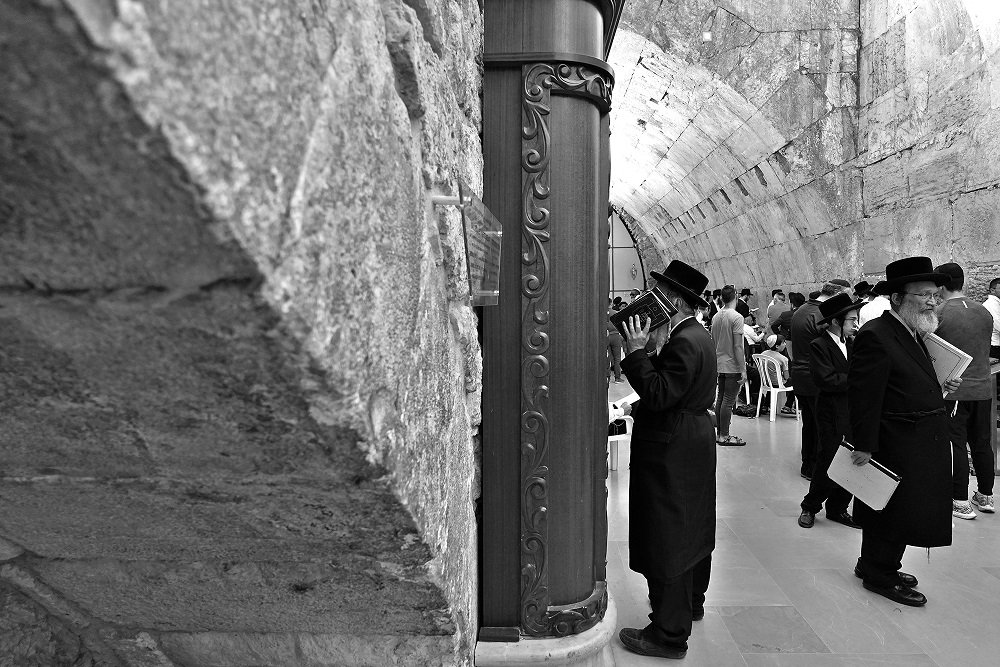
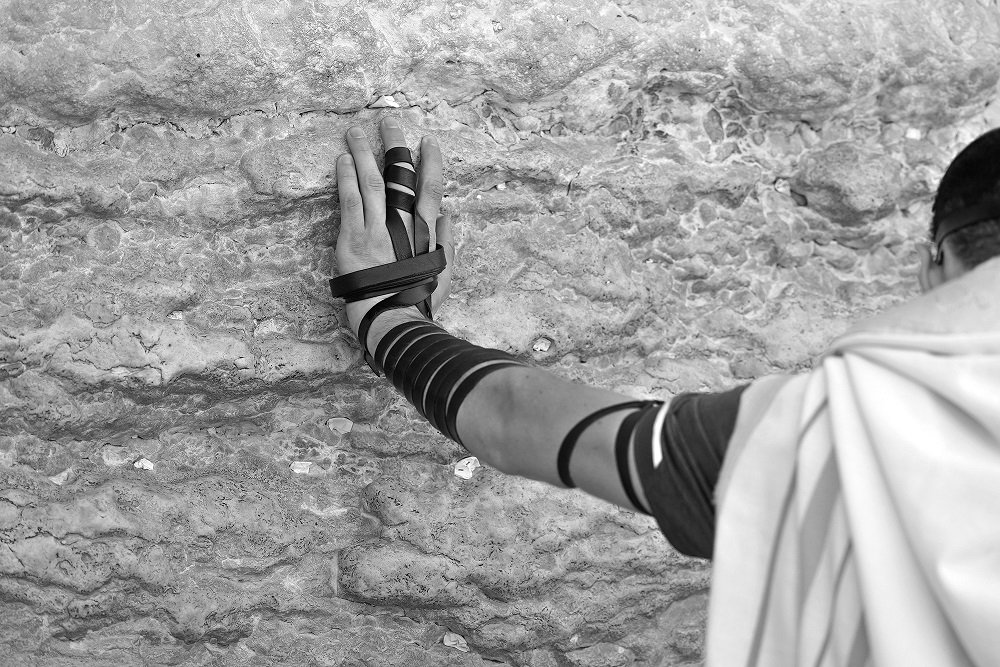
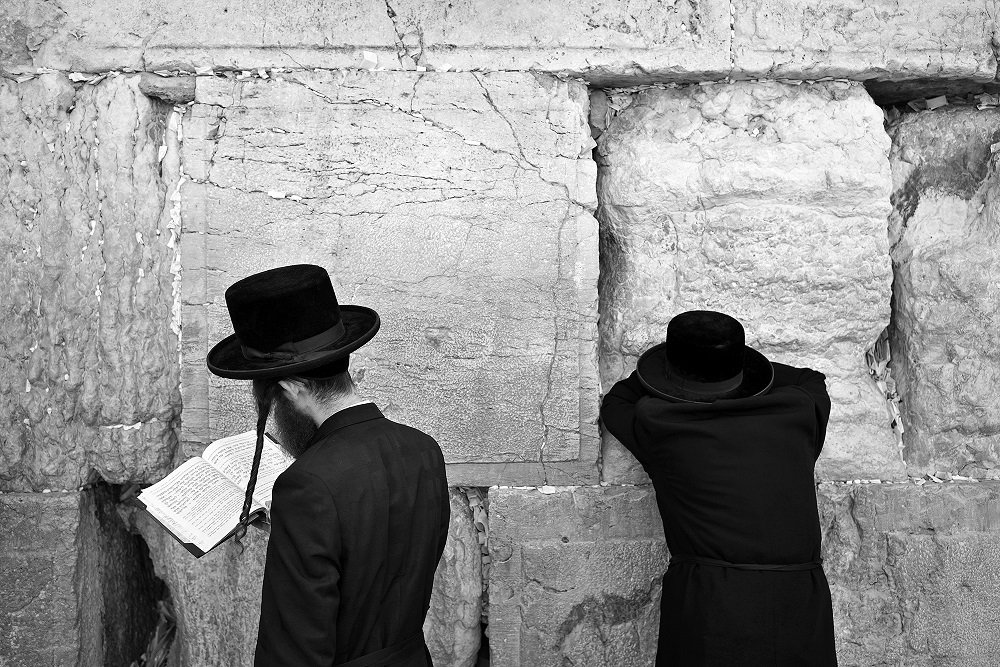
It is said that the Roman general Titus decided to preserve this fragment of the outer wall of the Second Temple so that the Jews would never forget the defeat suffered by the Roman legions. Hence the name of the Wailing Wall. But the Jewish tradition interprets it differently. For them, the fact that the enormous stone wall has reached our days is the fulfillment of the promise made by God to the Hebrew people to keep a fragment of the temple standing, as a symbol of his alliance with the chosen people.
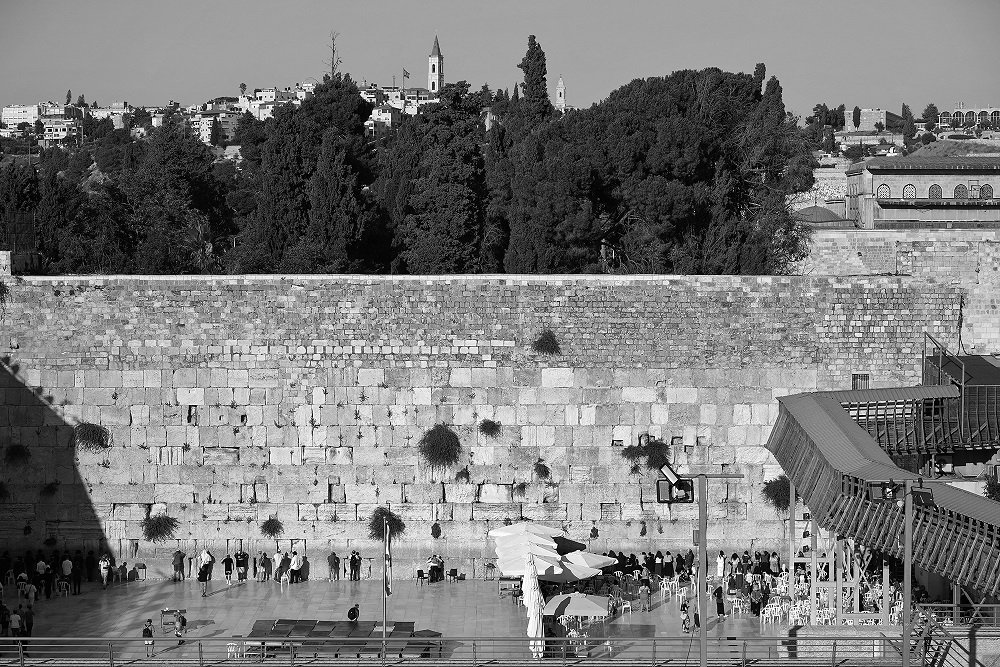
The length of the Wailing Wall is 488 meters, but only 60 can be visited. The rest have been attached, almost buried, by the houses of the Muslim Quarter of the Old City of Jerusalem. The visible part of the Kotel is divided into two sections, one for men and one for women. Of course, the men have the largest segment and it is there that they celebrate the most colorful ceremonies, such as the Birkat Kohanim, in which thousands of Jews dressed in their gala clothes gather to pray for 24 hours amid chants and frenetic movements of head or the lighting of a giant menorah during the celebration of Hanukkah or Festival of the Lights.
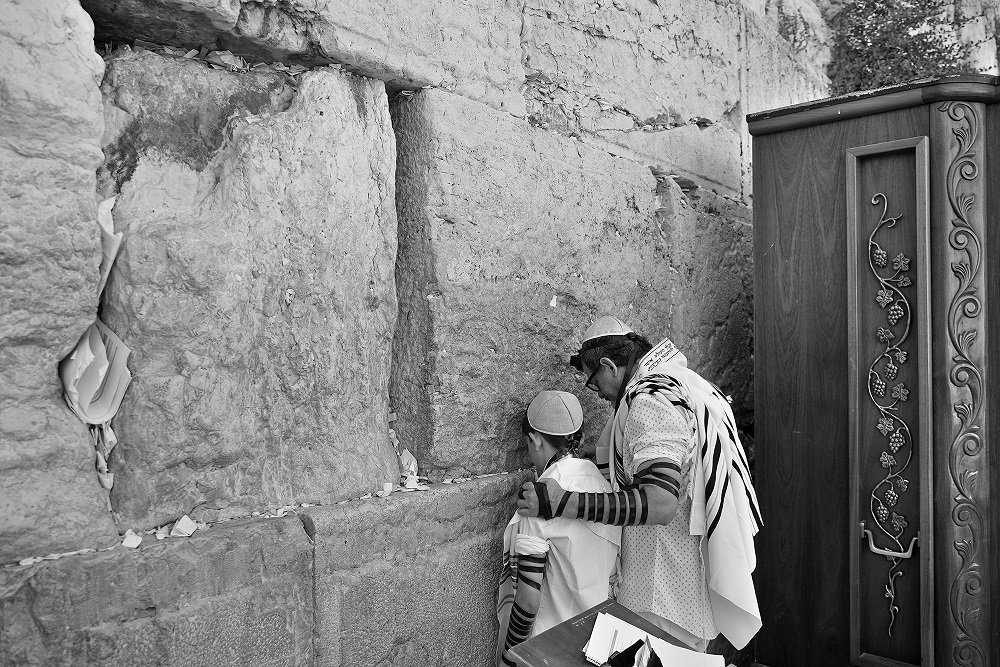
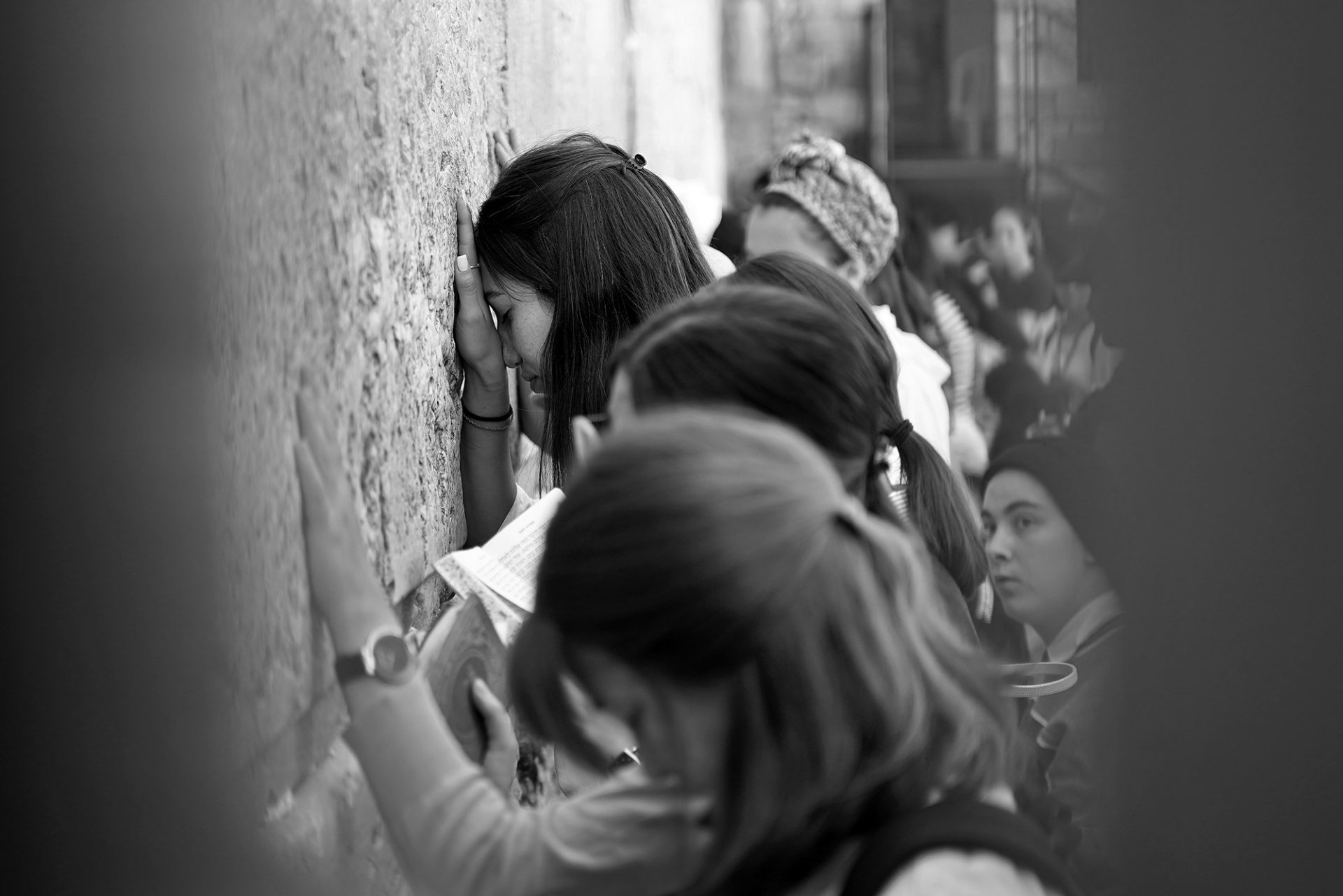
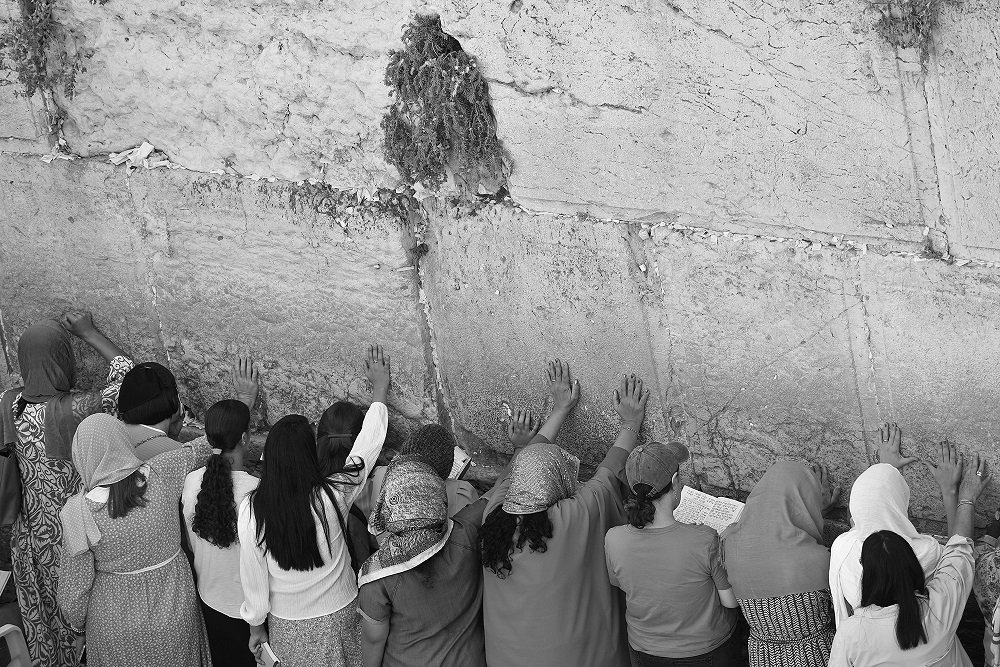
The Kotel can be visited all year round, 24 hours a day, including Shabbat, although taking photos or using any electronic device, including cell phones, is prohibited on that day. Non-religious people visiting the wall must be dressed “modestly,” especially women (which means very covered, and no miniskirts or cleavage). In the case of men, the clothing is more flexible, but it is obligatory — and in this, they are very strict — to cover the head as a sign of respect and fear of God.
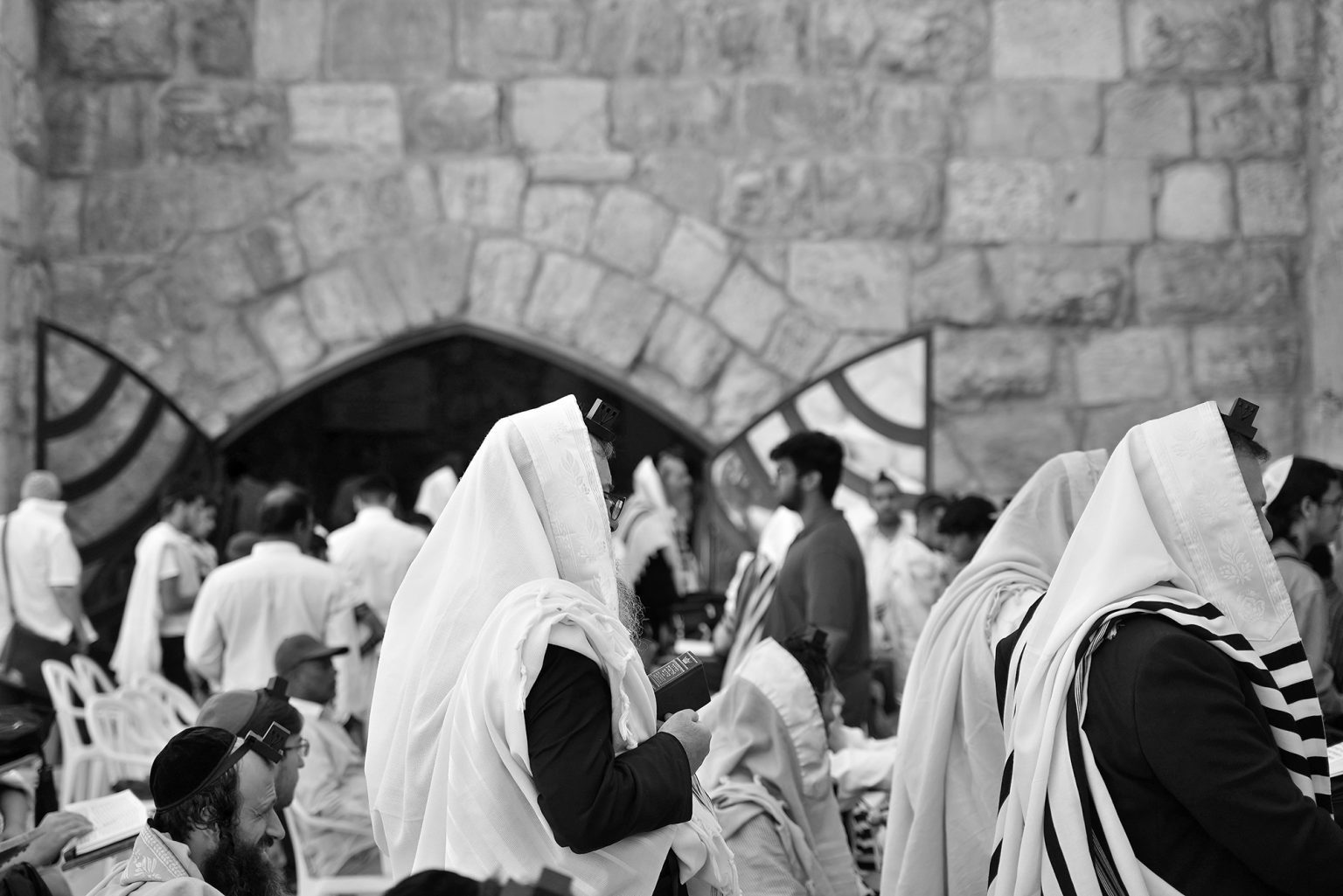
Among the millions of anonymous visitors who have reached the Wailing Wall, many celebrities of all kinds have slipped in, such as Popes John Paul II, Benedict XVI or Francis, presidents such as Bill Clinton, Barack Obama, Donald Trump, Joe Biden, José María Aznar or Vladimir Putin himself. Also show business people like Madonna, Will Smith, Morgan Freeman, Di Caprio or Demi Moore.
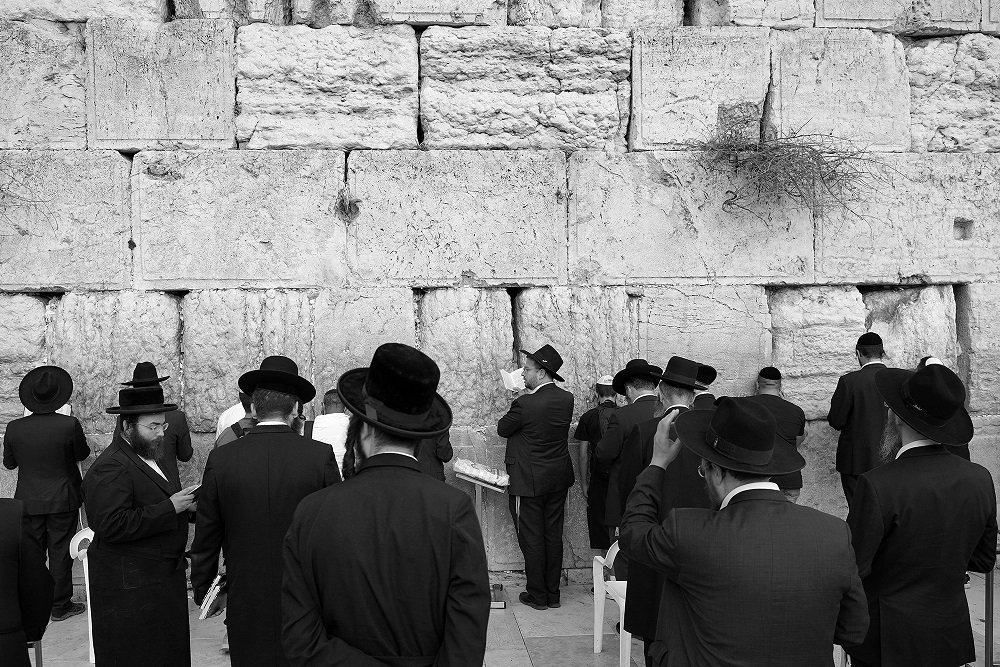

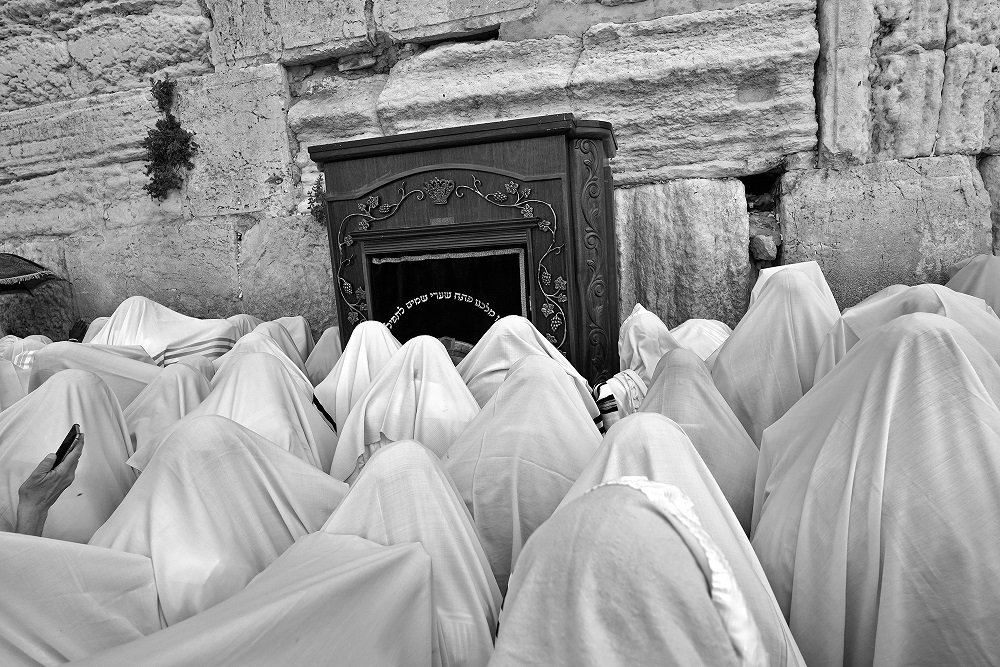
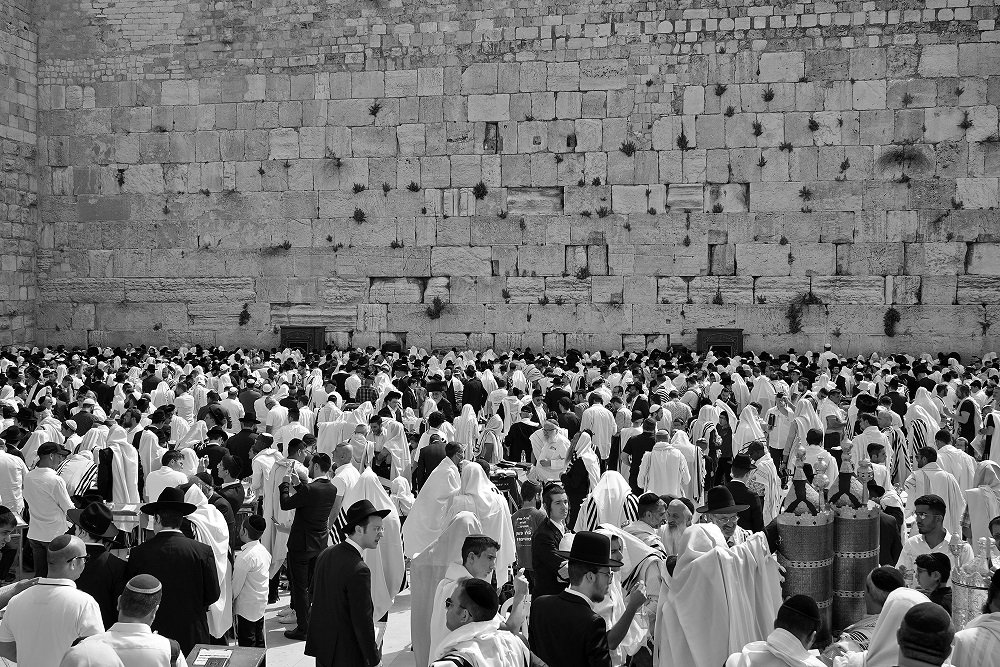
In these digital times that we live in, the millennial Wailing Wall tries to keep up. The Israeli foundation that manages it has created a website through which messages directed to God can be written online, which will then be printed and placed between the stones. According to the page itself, 857,068 notes have reached the wall this way, always with the observance of the privacy of their authors, they clarify.
It’s a great idea, democratic. God, if he exists, belongs to everyone, to those of us who can visit the Wall — through incredible twists of fate, in my case — and to those who cannot.

